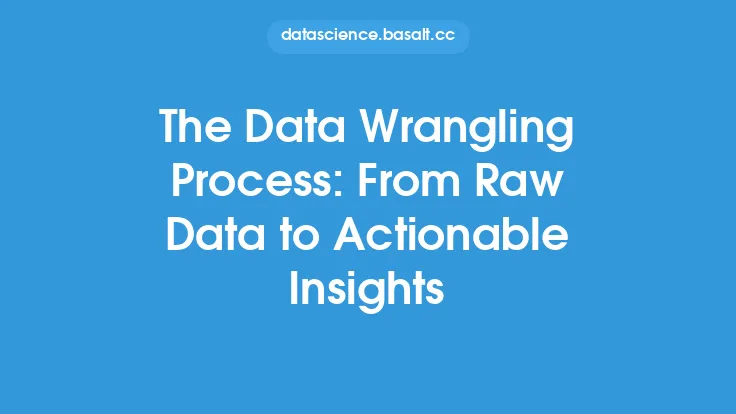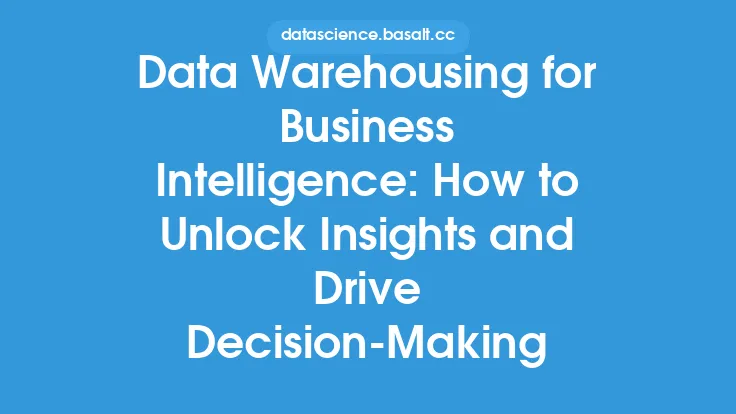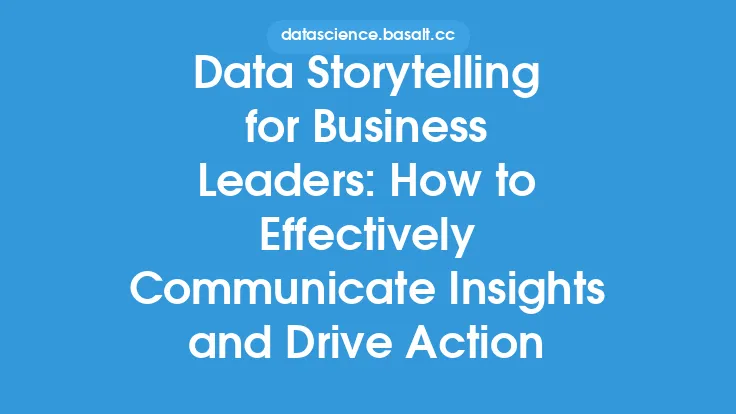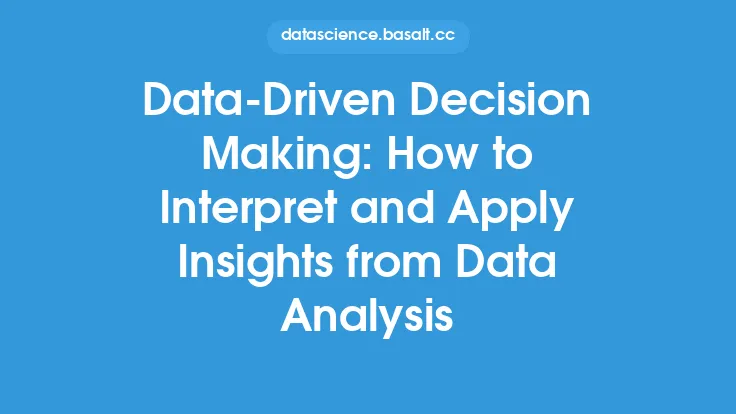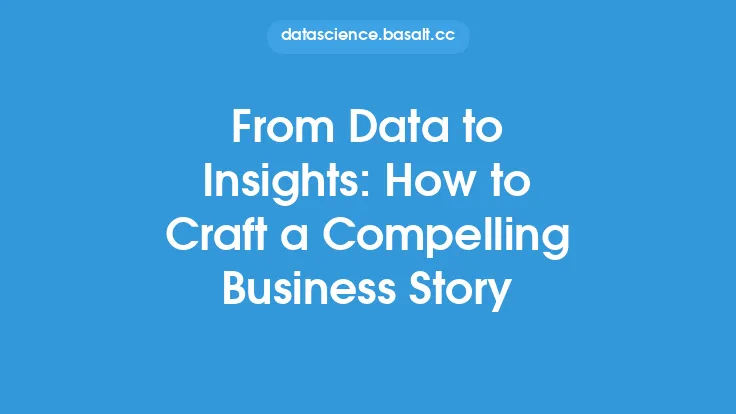In today's data-driven business landscape, organizations are constantly seeking ways to extract valuable insights from the vast amounts of raw data at their disposal. Data wrangling, also known as data munging, is the process of transforming and preparing raw data into a clean, organized, and structured format that can be easily analyzed to inform business decisions. This process is critical in helping businesses to identify trends, patterns, and correlations within their data, which can ultimately drive growth, improve efficiency, and increase competitiveness.
Introduction to Data Wrangling for Business
Data wrangling for business involves a range of activities, including data cleaning, data transformation, and data formatting. The goal of data wrangling is to take raw data from various sources, such as databases, spreadsheets, or external data providers, and convert it into a standardized format that can be easily analyzed and visualized. This process requires a combination of technical skills, business acumen, and attention to detail, as well as the ability to work with large and complex datasets.
Data Wrangling Techniques
There are several data wrangling techniques that businesses can use to extract insights from raw data. These include data profiling, which involves analyzing the distribution of values within a dataset to identify patterns and trends; data cleansing, which involves removing errors, duplicates, and inconsistencies from the data; and data transformation, which involves converting data from one format to another to make it more suitable for analysis. Additionally, data wrangling may involve data aggregation, which involves combining data from multiple sources into a single dataset, and data filtering, which involves selecting a subset of data that meets specific criteria.
Data Wrangling Tools and Software
There are many data wrangling tools and software available that can help businesses to extract insights from raw data. These include programming languages such as Python and R, which provide a range of libraries and frameworks for data wrangling and analysis; data visualization tools such as Tableau and Power BI, which allow users to create interactive and dynamic visualizations of their data; and data management platforms such as Apache Hadoop and Spark, which provide a scalable and flexible framework for storing and processing large datasets. Additionally, there are many specialized data wrangling tools available, such as Trifacta and Talend, which provide a range of features and functionalities for data cleaning, transformation, and formatting.
Data Wrangling for Business Intelligence
Data wrangling is a critical component of business intelligence, as it provides the foundation for data analysis and decision-making. By applying data wrangling techniques and tools, businesses can extract insights from raw data that can inform strategic decisions, improve operational efficiency, and drive growth. For example, a retail business may use data wrangling to analyze customer purchase data and identify trends and patterns that can inform marketing and sales strategies. Similarly, a financial services business may use data wrangling to analyze transaction data and identify opportunities to reduce risk and improve profitability.
Data Wrangling for Predictive Analytics
Data wrangling is also a critical component of predictive analytics, as it provides the foundation for building predictive models and forecasting future outcomes. By applying data wrangling techniques and tools, businesses can extract insights from raw data that can inform predictive models and drive business decisions. For example, a marketing business may use data wrangling to analyze customer behavior data and build predictive models that forecast future purchasing behavior. Similarly, a healthcare business may use data wrangling to analyze patient data and build predictive models that forecast future health outcomes.
Data Wrangling for Big Data
Data wrangling is particularly important in the context of big data, as it provides the foundation for analyzing and extracting insights from large and complex datasets. By applying data wrangling techniques and tools, businesses can extract insights from big data that can inform strategic decisions, improve operational efficiency, and drive growth. For example, a business may use data wrangling to analyze social media data and identify trends and patterns that can inform marketing and sales strategies. Similarly, a business may use data wrangling to analyze sensor data from the Internet of Things (IoT) and identify opportunities to improve operational efficiency and reduce costs.
Best Practices for Data Wrangling
There are several best practices that businesses can follow to ensure effective data wrangling. These include establishing clear goals and objectives for data wrangling, selecting the right tools and software for the task, and ensuring that data is properly documented and validated. Additionally, businesses should prioritize data quality and ensure that data is accurate, complete, and consistent. Finally, businesses should consider using agile methodologies and iterative approaches to data wrangling, as these can help to ensure that data is properly cleaned, transformed, and formatted for analysis.
Common Challenges in Data Wrangling
There are several common challenges that businesses may encounter when performing data wrangling. These include dealing with missing or inconsistent data, handling large and complex datasets, and ensuring that data is properly validated and documented. Additionally, businesses may encounter challenges related to data security and privacy, particularly when working with sensitive or confidential data. Finally, businesses may encounter challenges related to data governance and compliance, particularly when working with regulated data or data that is subject to specific industry standards.
Future of Data Wrangling
The future of data wrangling is likely to be shaped by several trends and technologies, including the increasing use of artificial intelligence (AI) and machine learning (ML) for data analysis and decision-making. Additionally, the growing use of cloud computing and big data technologies is likely to drive demand for data wrangling tools and software that can handle large and complex datasets. Finally, the increasing importance of data governance and compliance is likely to drive demand for data wrangling tools and software that can ensure data quality, security, and privacy. As businesses continue to rely on data to drive decision-making and growth, the importance of data wrangling is likely to continue to grow, and businesses that invest in data wrangling tools and software are likely to be well-positioned for success in the future.
